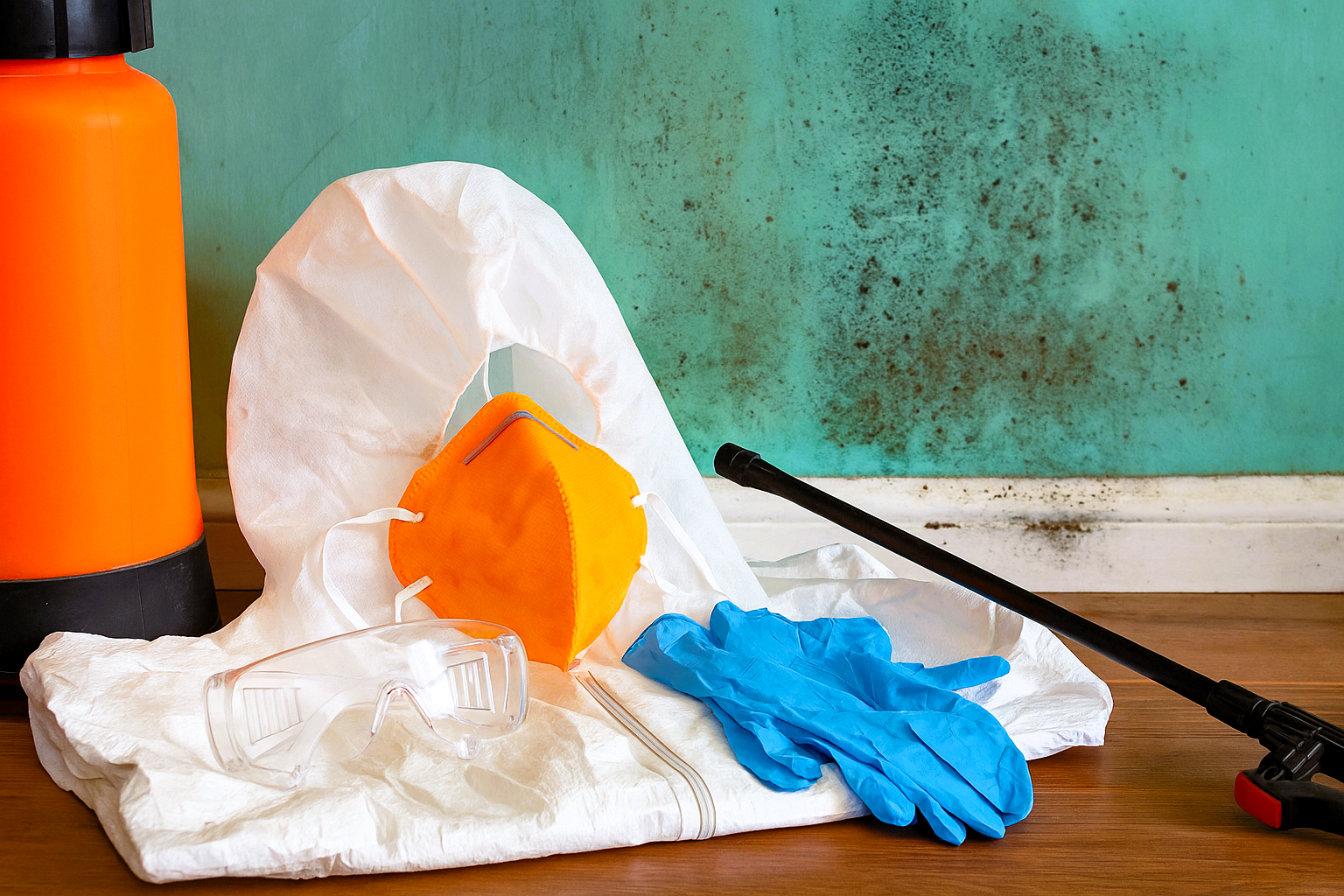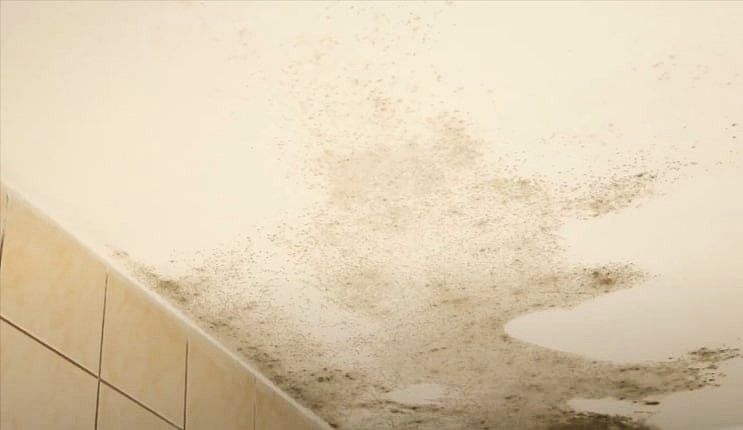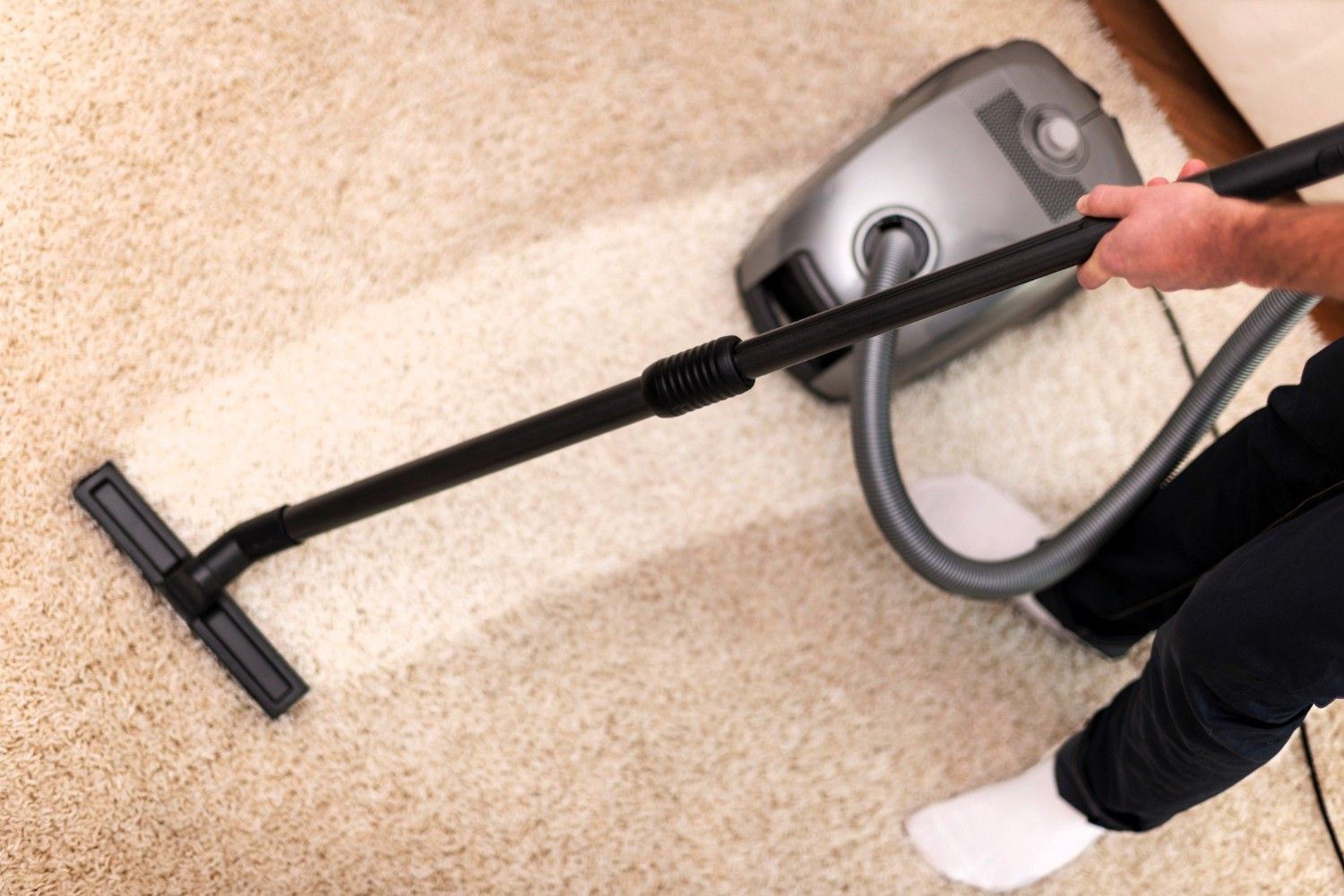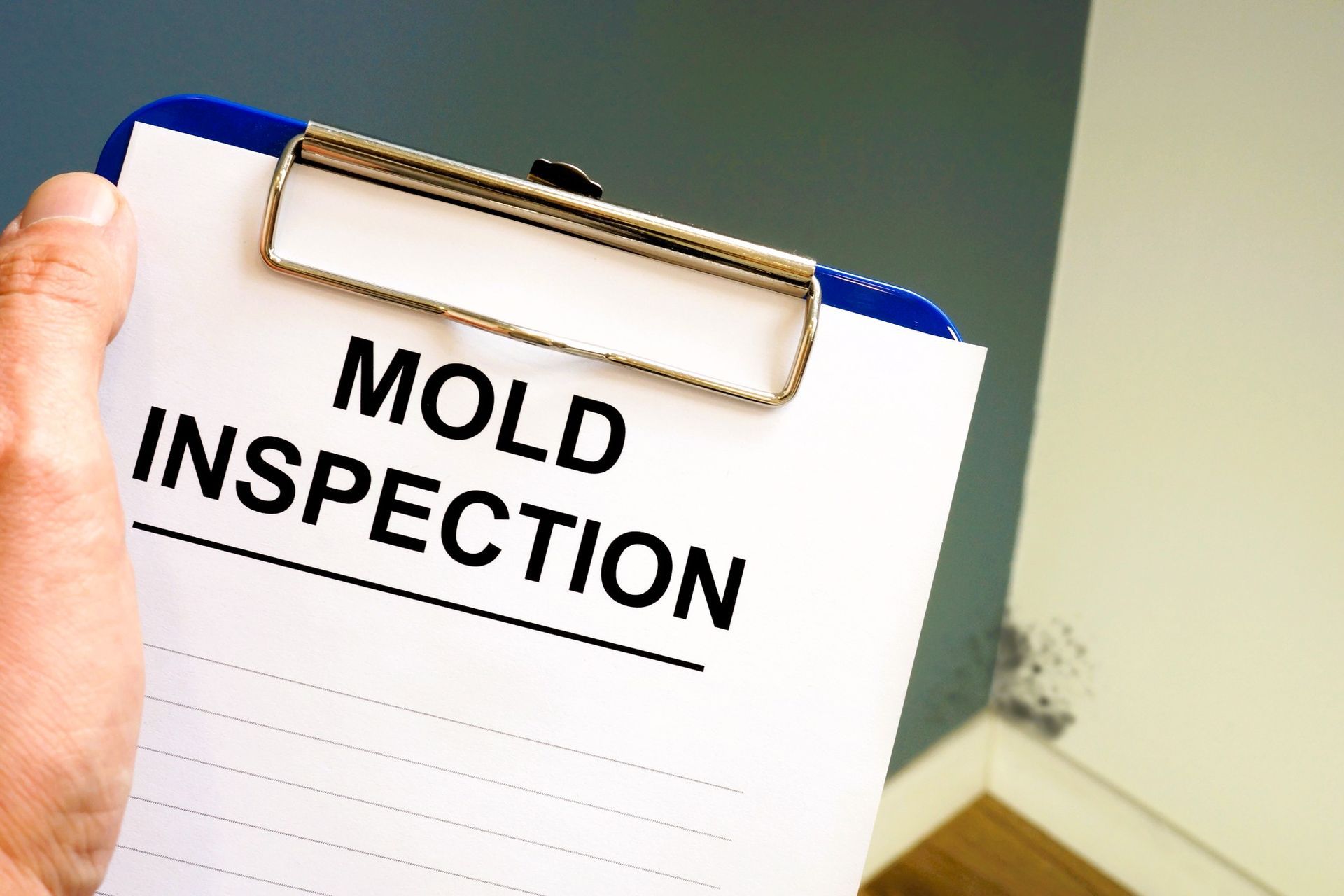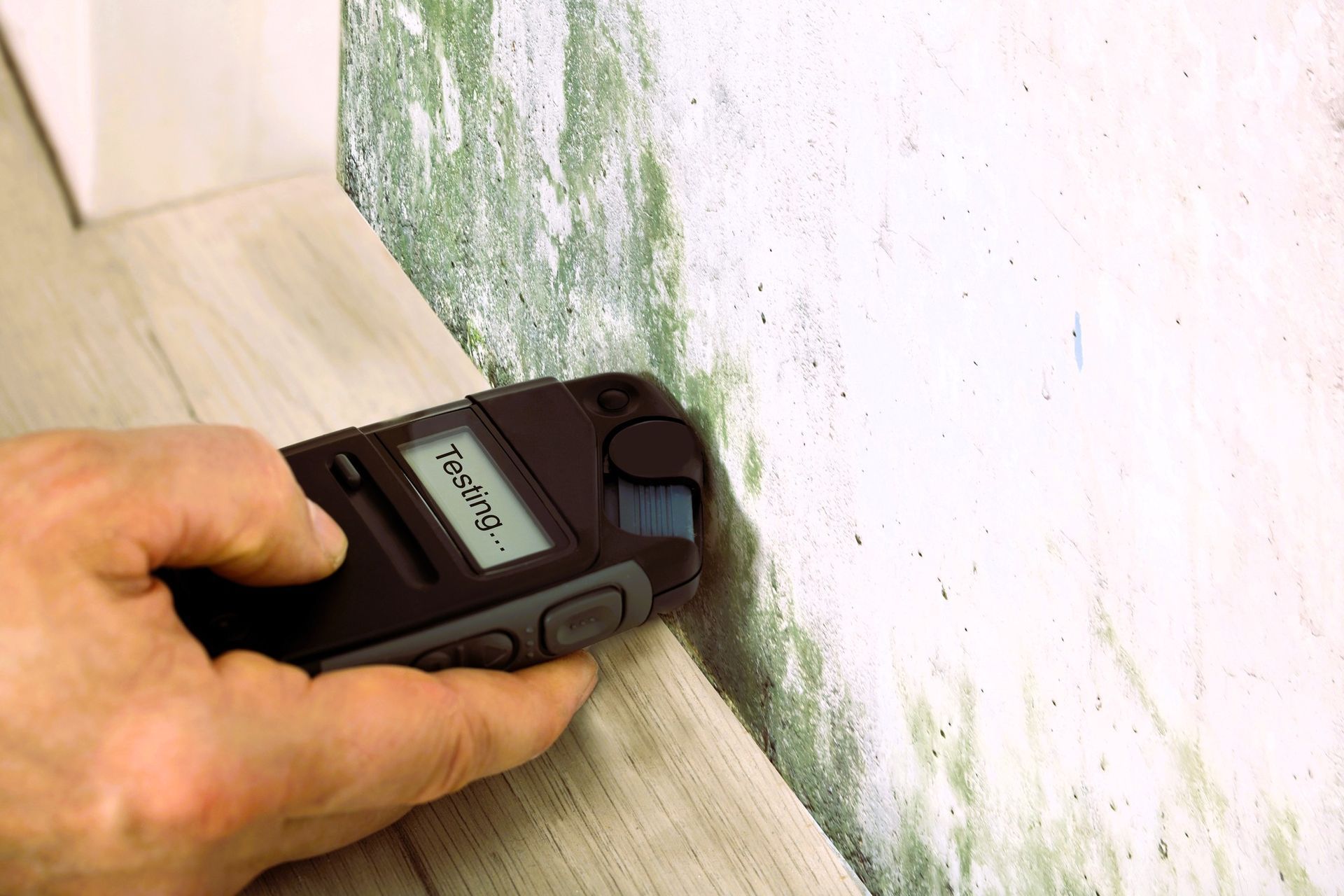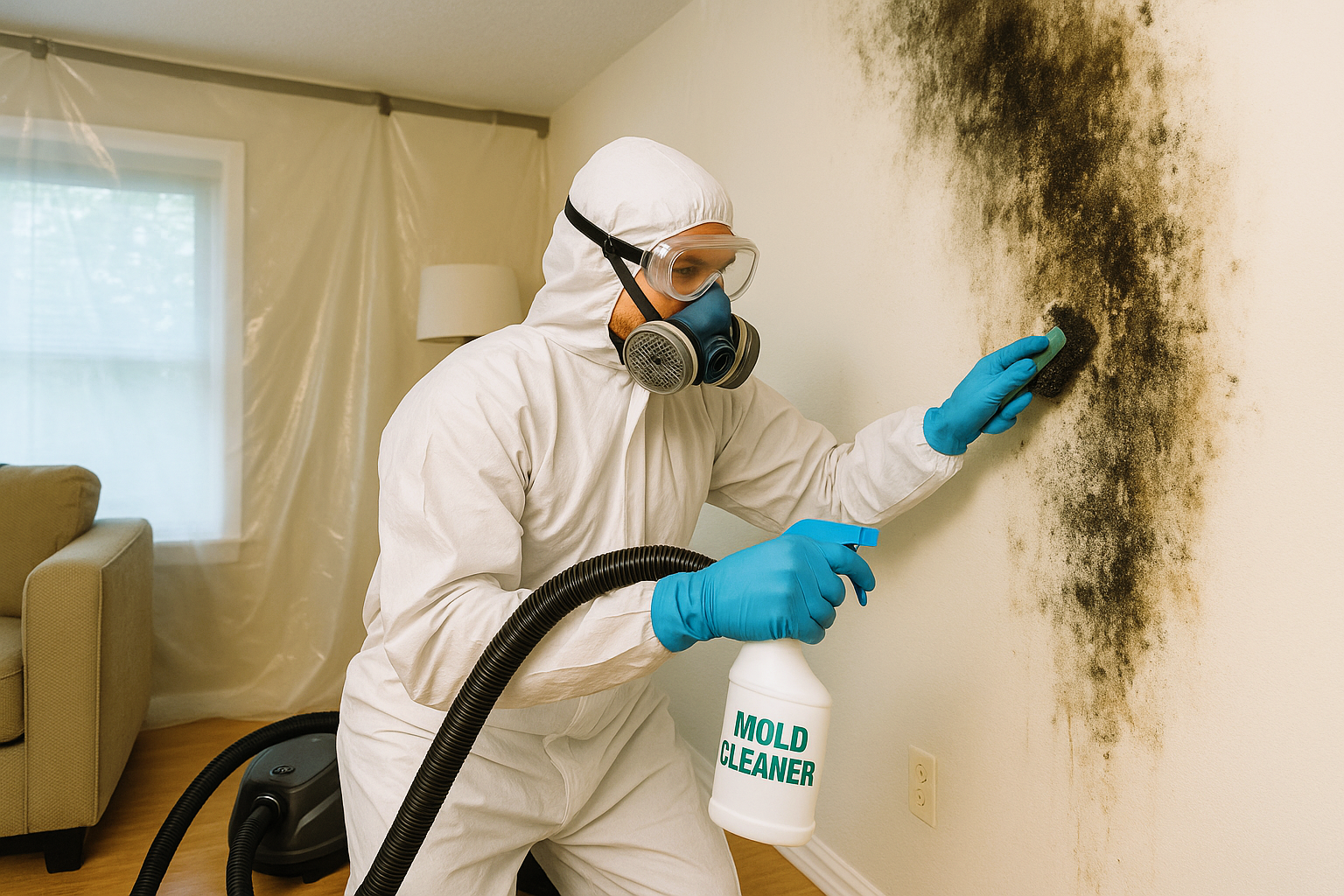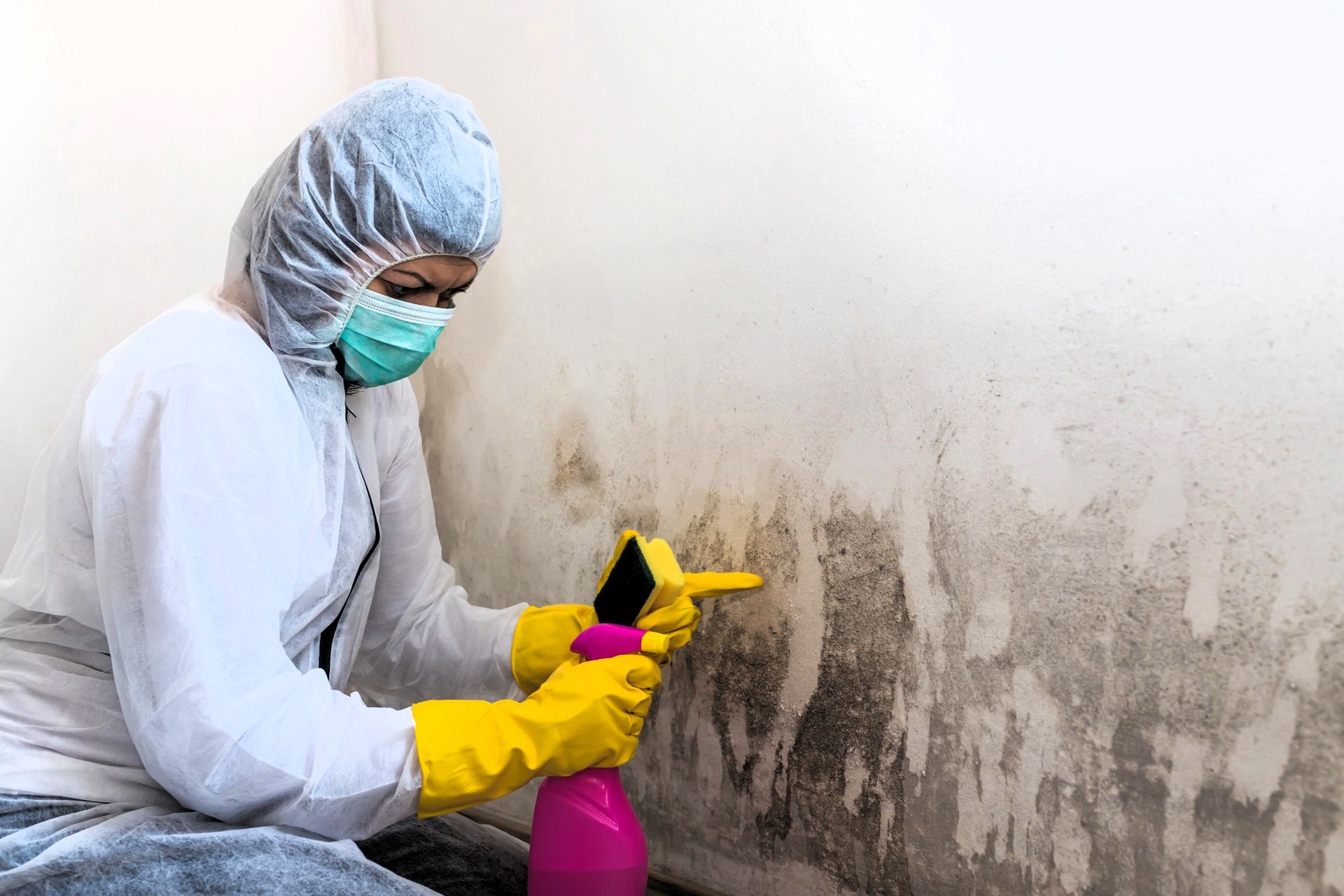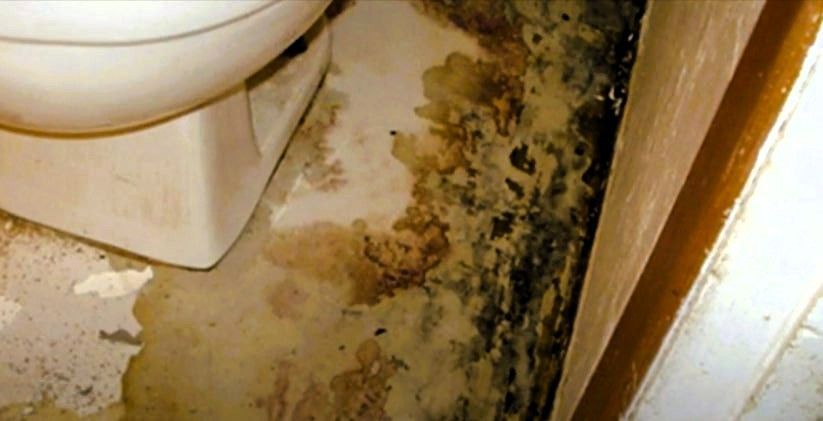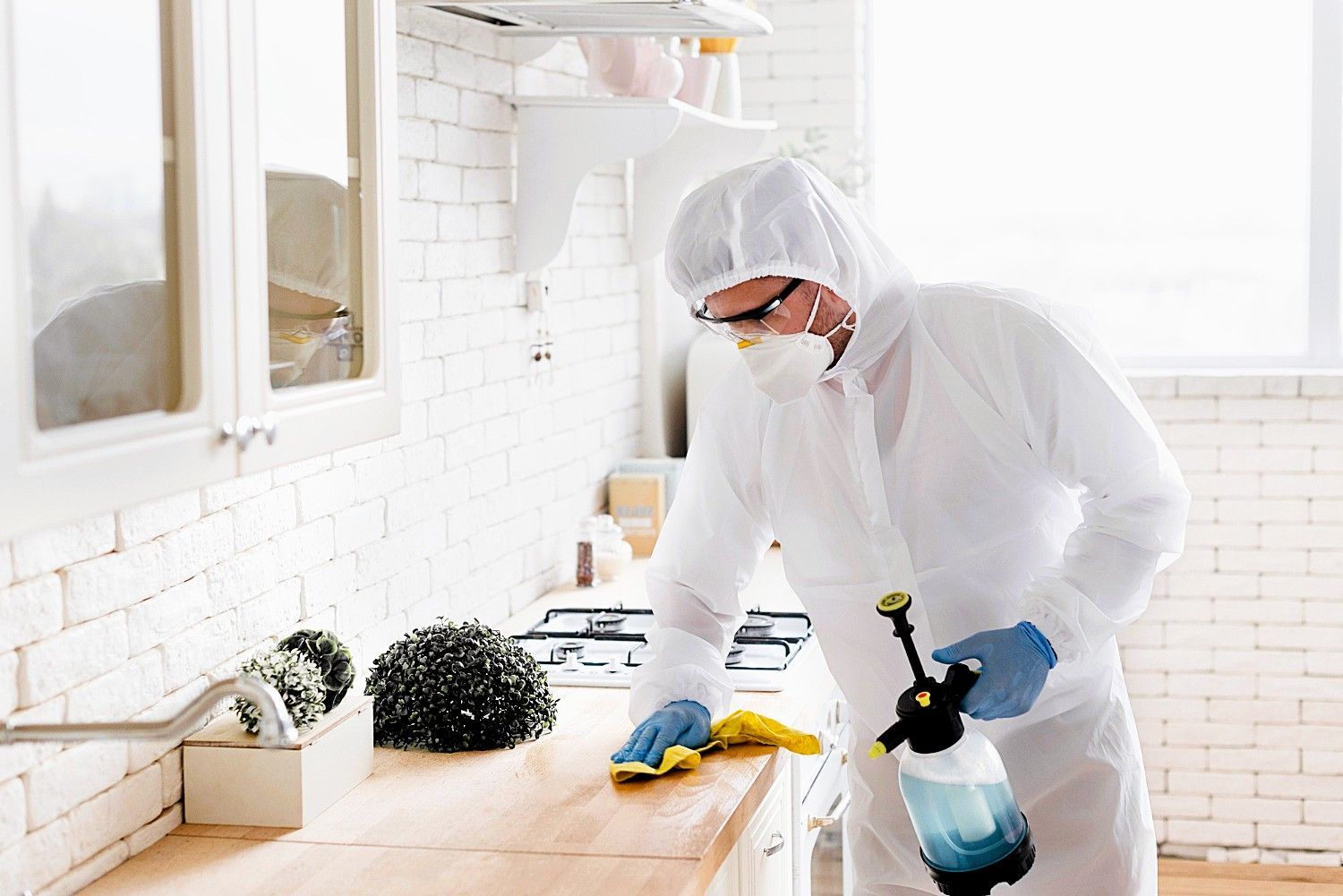What to Expect During a Professional Mold Inspection
Everything you need to know about professional mold inspections
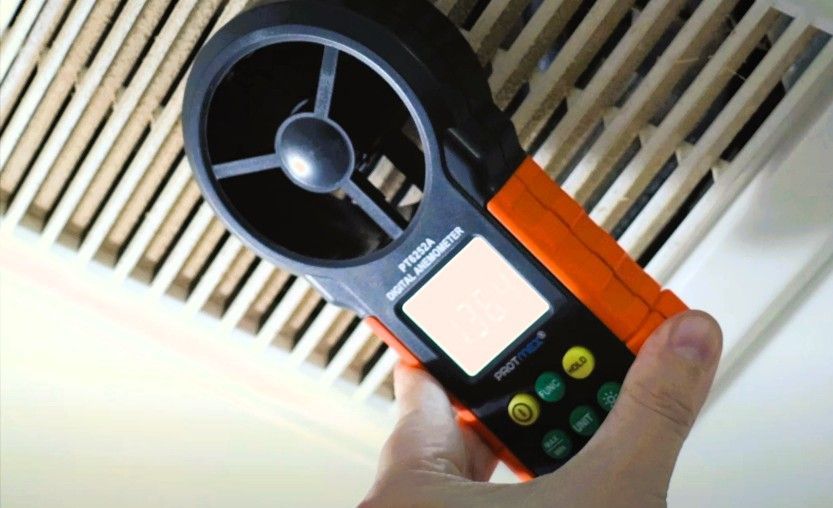
Mold isn’t just something you can ignore—it’s a serious problem for your health and your home. It can trigger allergies, make breathing issues worse, and even weaken your home’s structure if left unchecked. Catching a musty odor or spotting water damage? It might be time to act. These could be clues that mold is lurking. A professional mold inspection can help you figure out what’s going on and get ahead of the problem before it gets worse.
This guide breaks down everything you need to know about mold inspections, helping homeowners, renters, and real estate pros understand the process and why it matters for keeping your space safe and healthy.
1. Scheduling Your Initial Consultation
The inspection kicks off with a conversation focused on addressing your specific concerns. The inspector will ask about past leaks, water damage, mold sightings, and any health symptoms household members are experiencing. After gathering the details, they’ll arrange a convenient time to come to your home.
How to Prepare:
- Clear clutter from areas where mold might be present (under sinks, near HVAC units, in basements).
- Take note of any water damage or places where you’ve noticed mold growth.
2. Visual Inspection
A certified mold inspector will carefully assess your home, identifying any visible mold or moisture problems. They’ll check:
- Basements and crawl spaces – Prime spots for hidden mold due to damp conditions.
- Bathrooms – Mold loves tile grout, under sinks, and around showers.
- Attics – Poor ventilation and roof leaks can trap moisture.
- HVAC systems – Mold spores can easily hitch a ride through your air ducts, spreading to different areas of your home.
- Walls and floors – Peeling wallpaper, warped wood, or musty odors may indicate hidden mold.
3. Moisture and Humidity Testing
Since mold thrives in moisture, inspectors use specialized tools to detect problem areas:
- Moisture meters help identify how damp surfaces like walls, floors, or ceilings are.
- Thermal imaging cameras spot temperature changes, making it easy to find hidden pockets of moisture.
Why It Matters:
Keeping indoor humidity between 30-50% helps prevent mold growth. If levels are too high, ventilation improvements or a dehumidifier may be recommended.
4. Air and Surface Sampling
Not all mold is visible—sometimes it’s floating in the air. Inspectors have the ability to gather:
- Air sampling to assess mold spore concentrations and evaluate how they compare to outdoor levels.
- Surface testing to identify mold type and assess potential health impacts.
These samples are sent to a lab for analysis, and results typically arrive within a few days.
5. Inspection Summary and Recommendations
After the inspection wraps up, we’ll provide you with a comprehensive report that includes:
- Areas affected by mold and the types present.
- Health or structural risks associated with the findings.
- Photos and evidence supporting the results.
- Steps to remove mold and prevent future growth.
6. Mold Remediation and Prevention
If you discover mold, the next step is mold remediation—the process of getting rid of it for good and keeping it from coming back. A skilled remediation team might perform the following:
- Specialized cleaning to eliminate mold.
- Containment measures to prevent spreading spores.
- Material replacement (like drywall or flooring) in severe cases.
Tips to Stop Mold from Coming Back
After getting rid of mold in your home, the next step is keeping it from coming back. Here are some expert tips:
- Fix leaks and address moisture problems immediately.
- Improve airflow in high-humidity areas.
- Use dehumidifiers in damp spaces.
- Regularly check for any early signs of water damage to catch issues before they escalate.
Protect Your Home and Health with Expert Mold Inspection Services
Mold might seem like a small annoyance at first, but it can quickly turn into a big problem for your health and your home. Understanding what happens during a professional mold inspection can help you keep your space safer and healthier.
Concerned about mold in your home? Let Grand Rapids Mold Relief help you tackle it today! Our expert team specializes in thorough mold inspection and removal, helping you address the issue before it grows. Protect your health, save money, and enjoy lasting peace of mind by tackling mold problems now.
Contact us today!
